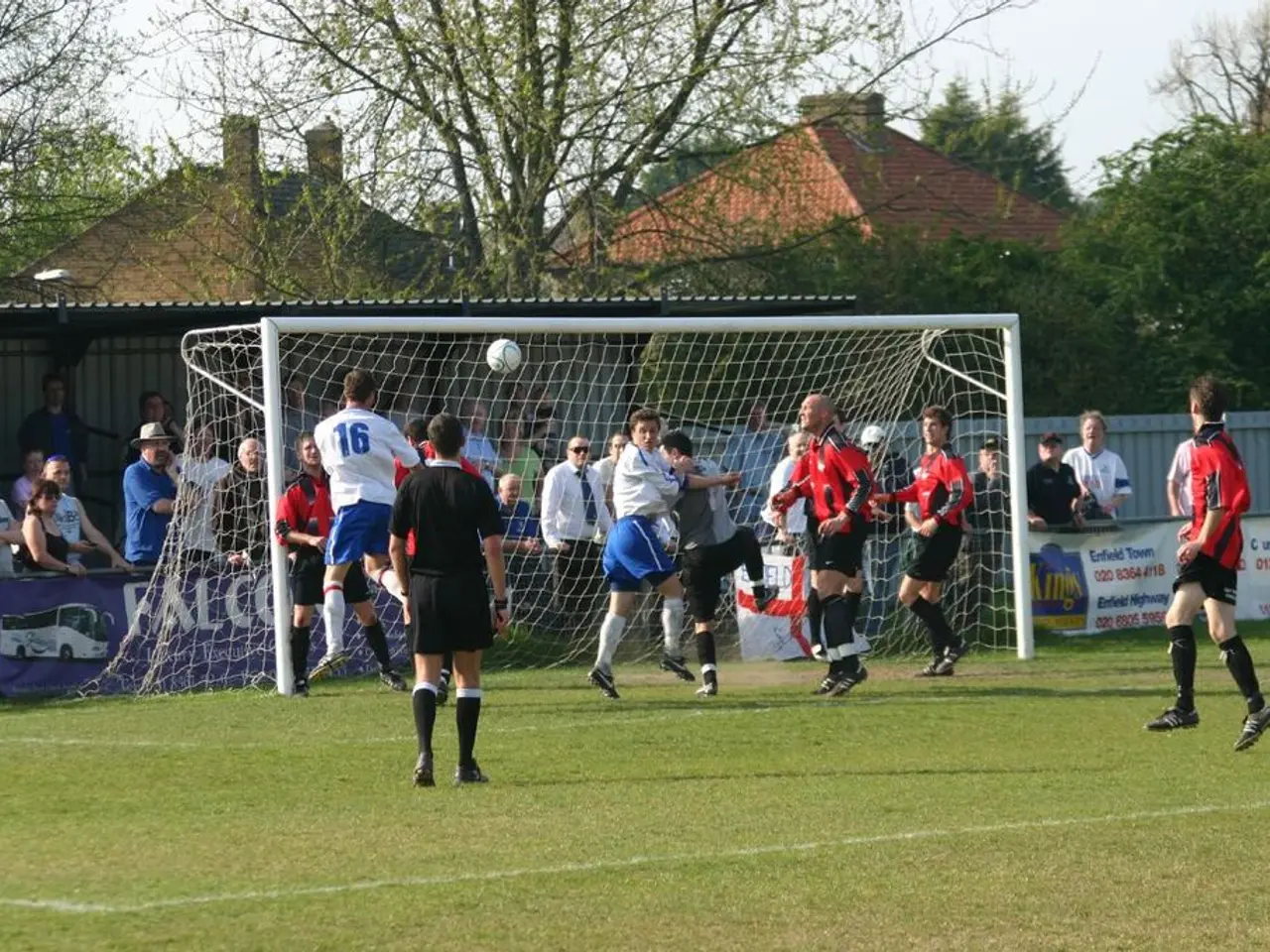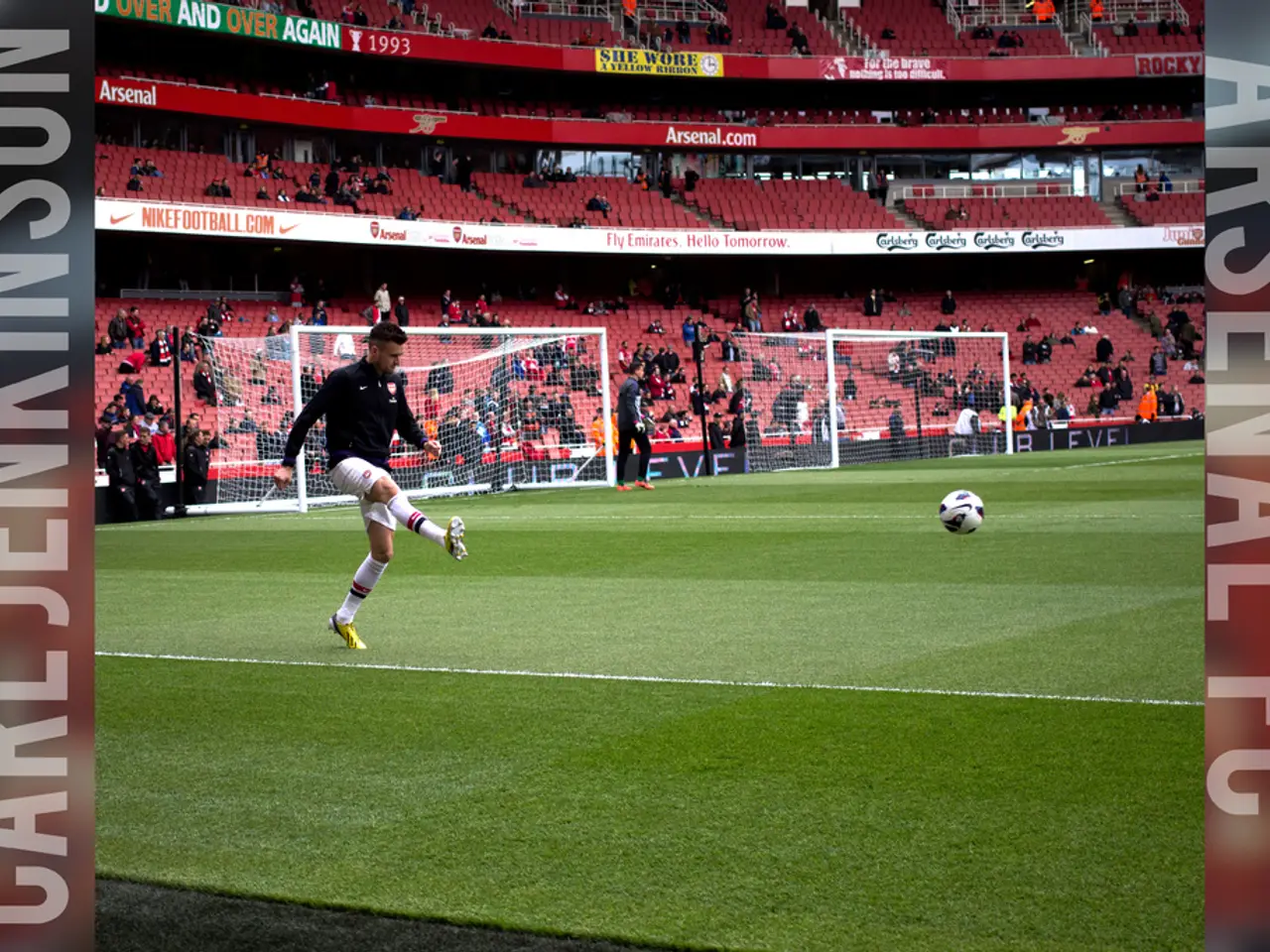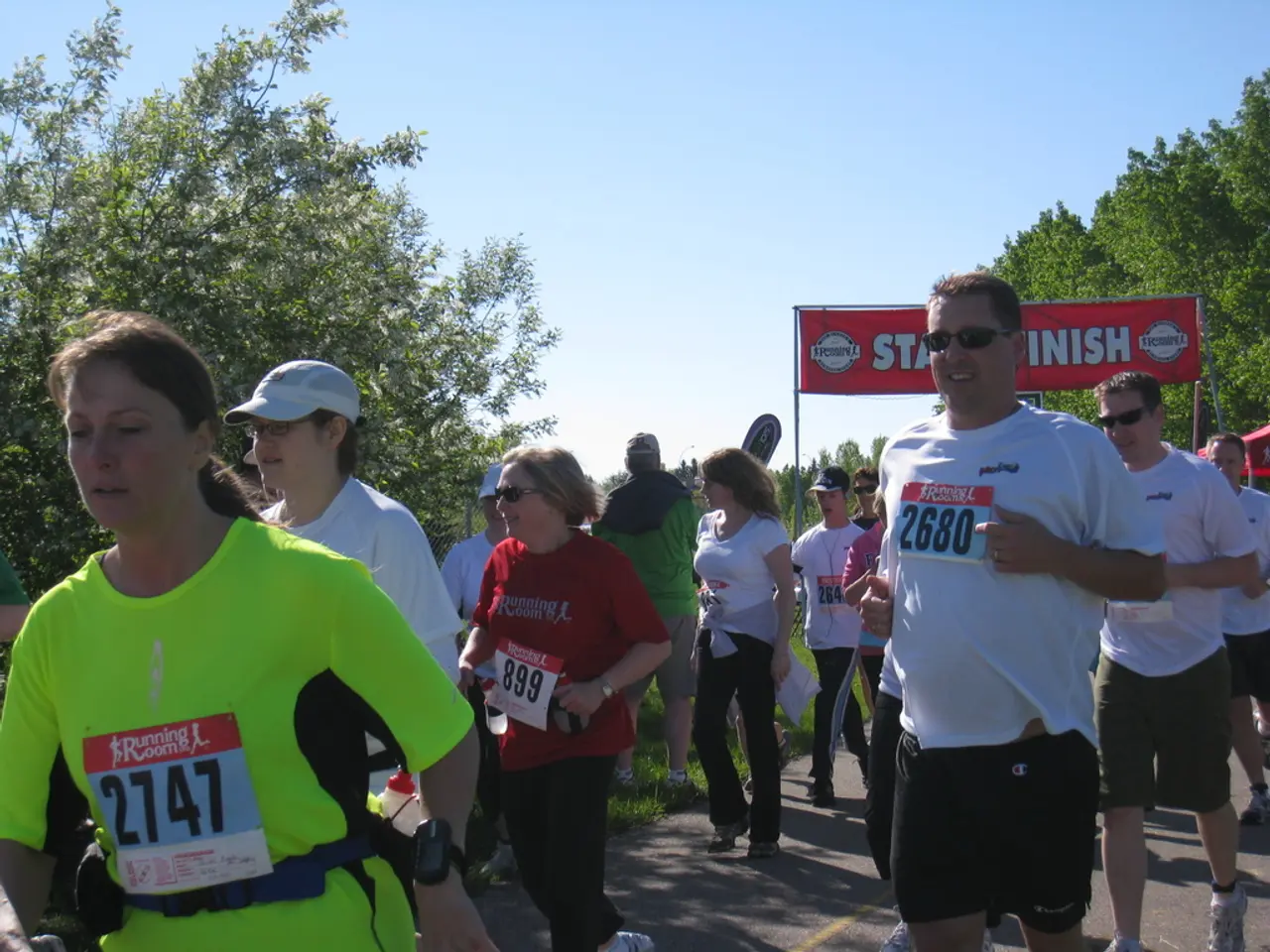Recognizing and Addressing High Ankle Sprains: A Comprehensive Guide
High ankle sprains, unlike regular ankle sprains, affect the syndesmotic ligaments that connect the tibia and fibula just above the ankle. These injuries are often harder to diagnose and can result in instability if not properly treated.
Symptoms
High ankle sprains typically cause pain above the ankle, especially during rotation or walking, with less obvious swelling compared to regular ankle sprains. Other symptoms may include pain with weight bearing, possible bruising, and pain when flexing the foot upward, particularly when climbing stairs.
Causes
High ankle sprains usually occur as a result of a twisting or rotational injury when the foot is planted and the leg rotates outward. Common scenarios include sudden pivoting or cutting motions in sports like football, soccer, basketball, or skiing, direct impact to the side of a planted foot, or awkward falls during running or jumping.
Treatment
Initial treatment for high ankle sprains involves the RICE protocol (Rest, Ice, Compression, and Elevation) to reduce pain and swelling. Physical therapy is then used to restore strength and range of motion, and supportive measures such as bracing or immobilization may be necessary. Advanced treatments like laser therapy or shockwave therapy may also be used in some clinics. In severe cases, surgery might be considered if the syndesmotic ligaments are completely torn or unstable.
Recovery times for high ankle sprains can vary, with healing typically taking 6 weeks or more. Some people may be able to resume usual activities within 6-8 weeks, while others may require a longer recovery period, especially if there are also bone breaks.
Diagnosis
Doctors use two tests, the squeeze test and the external rotation test, to diagnose a high ankle sprain. The squeeze test involves squeezing the person's leg under their knee, while the external rotation test asks the person to bend their knee before slowly turning the foot away from the body.
Prevalence
High ankle sprains are less common than low ankle sprains, but they are still a significant issue, particularly in sports. Ankle sprains are one of the most common sports injuries in the United States, but most people damage the ligaments below the ankle.
Complications
Research suggests that as many as 50% of people with high ankle sprain still have instability symptoms after 6 months. High ankle sprains may also be associated with ankle fractures, specifically Maisonneuve fractures, which involve a fracture of the fibula near the knee.
In severe cases, a person may need to wear a cast to allow the ligaments to heal. High ankle sprains may cause pain to spread up the leg, ankle weakness, and feelings of instability when standing.
Syndesmotic Ligaments
The syndesmotic ligaments consist of the anterior inferior tibiofibular ligament, posterior inferior tibiofibular ligament, tibiofibular interosseous ligament, and transverse tibiofibular ligament. These ligaments play a crucial role in maintaining the stability of the ankle joint.
In conclusion, while high ankle sprains may be less common than low ankle sprains, they are still a significant issue, particularly in sports. Proper treatment and a full understanding of the symptoms and causes can help ensure a successful recovery. If you suspect you have a high ankle sprain, it's important to seek medical attention to determine the best course of treatment.
- Proper medical aid can significantly help in managing high ankle sprains, which are different from regular ankle sprains due to their impact on the syndesmotic ligaments above the ankle.
- High ankle sprains can lead to chronic diseases like instability or even neurological disorders if not treated properly and promptly, as symptoms like pain above the ankle, less obvious swelling, and pain with weight bearing may persist even after six months.
- The initial treatment for high ankle sprains includes the RICE protocol, followed by physical therapy and supportive measures, while advanced treatments like laser therapy or shockwave therapy may be considered in some cases.
- Squeeze and external rotation tests are crucial in diagnosing high ankle sprains, as misdiagnosis can lead to complications such as ankle fractures, like Maisonneuve fractures, which involve a fracture of the fibula near the knee.
- Understanding the musculoskeletal science behind high ankle sprains and the role of the syndesmotic ligaments in maintaining ankle joint stability is essential for athletes participating in sports like football, soccer, basketball, or skiing, where twisting or rotational injuries are common.






